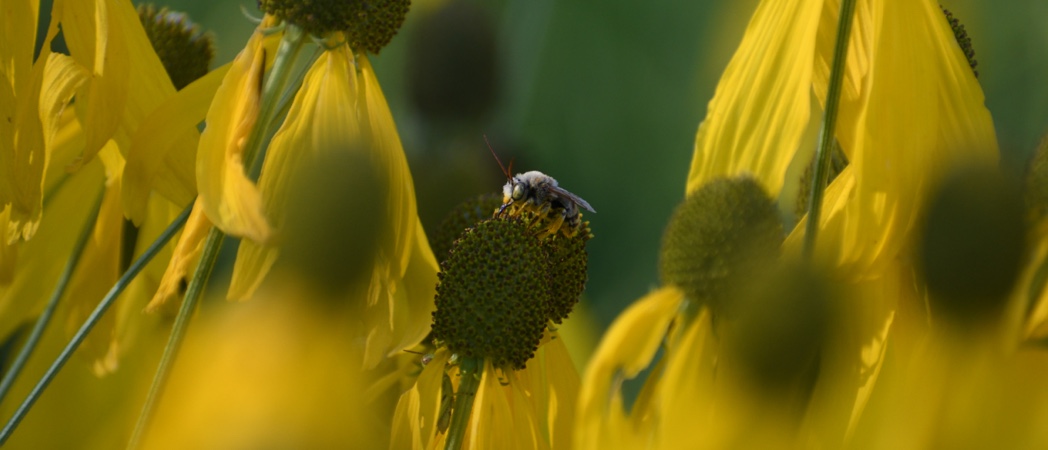Native Bees
There are approximately 4,000 species of native bees in North America. These native bees
have special habitat requirements: foraging habitat, nesting habitat, and overwintering
habitat. These habitat needs can be met by the same high-quality habitat that benefits
monarch butterflies and other wildlife species.
Native bees maintain 80% of our native plant species and improve yields of 75% of crops.
They provide valuable ecosystem services and provide $14.4 billion worth of pollination
annually in North America alone.
Solitary Vs. Social Bees
Of the 4,000 species of native bees in North America, more than 90% of them are solitary.
This means that each female constructs and provisions her own nest without help from
other members of her species. Bumble bees are the best-known native social bees, though
there are more than 200 species of sweat bees that sometimes nest socially.
Unlike honey bees and wasps, native solitary bees are docile and do not attempt to sting
humans unless handled. This is because they do not have a nest to defend. Only female
bees are capable of stinging, though they rarely do.
Bumble Bees
Bumble bees are prolific pollinators. There are 47 Bombus species in North America.
Unlike European honey bees, bumble bees have annual colonies. Only queen bumble bees
overwinter. Bumblebees are cavity-nesters so suitable nest sites may include: tree
cavities, under a tussock of grass, or an abandoned rodent nest.
Bumble bees are capable of sonication, or buzz-pollination. The bees are able to use
flight muscles to vibrate at high frequencies to effectively release pollen from inside a
flower’s anthers. Other native bees, like carpenter bees and sweat bees, are also able
to use buzz pollination while foraging. European honey bees do not sonicate.
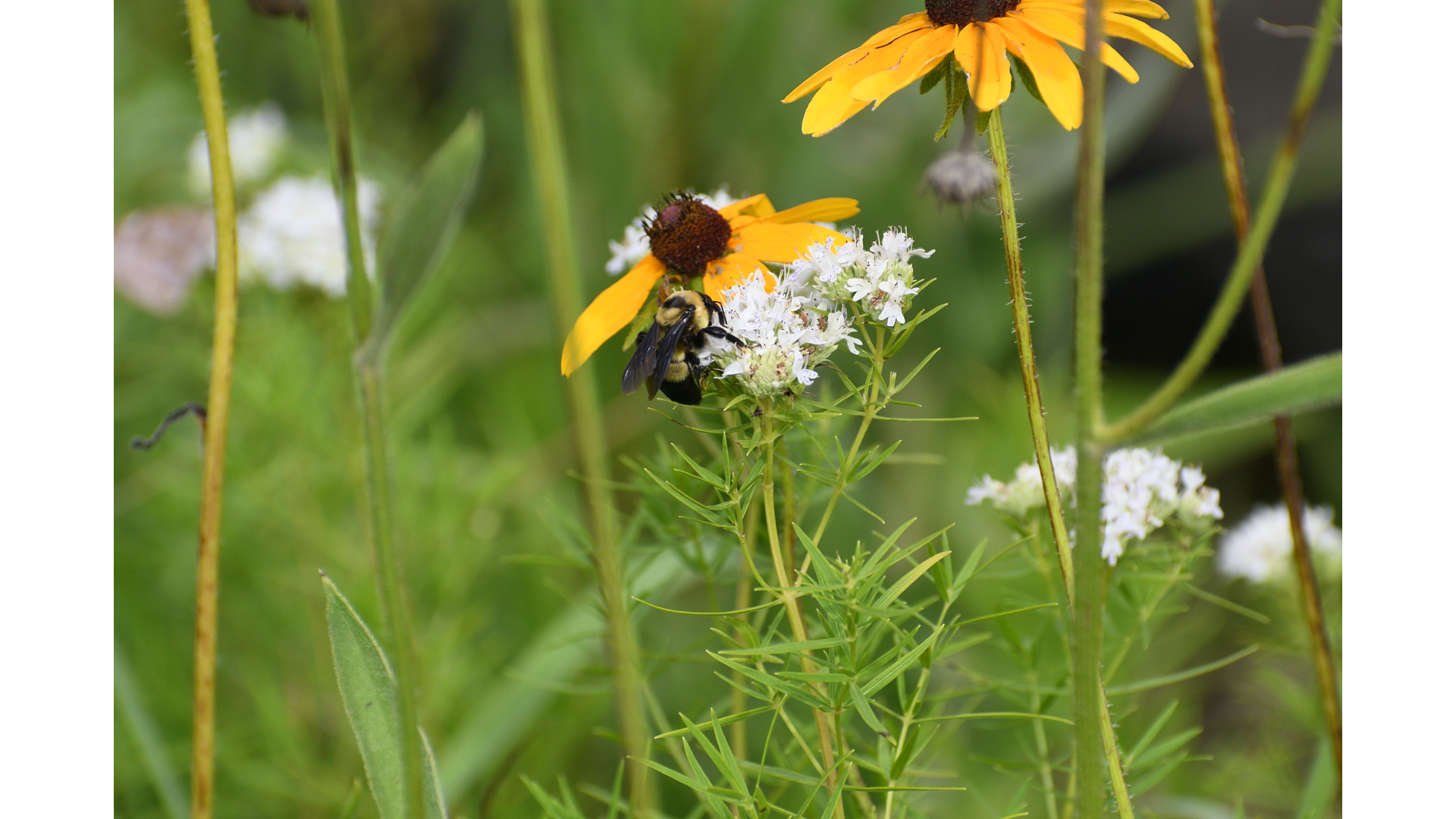
Ground-Nesting Bees
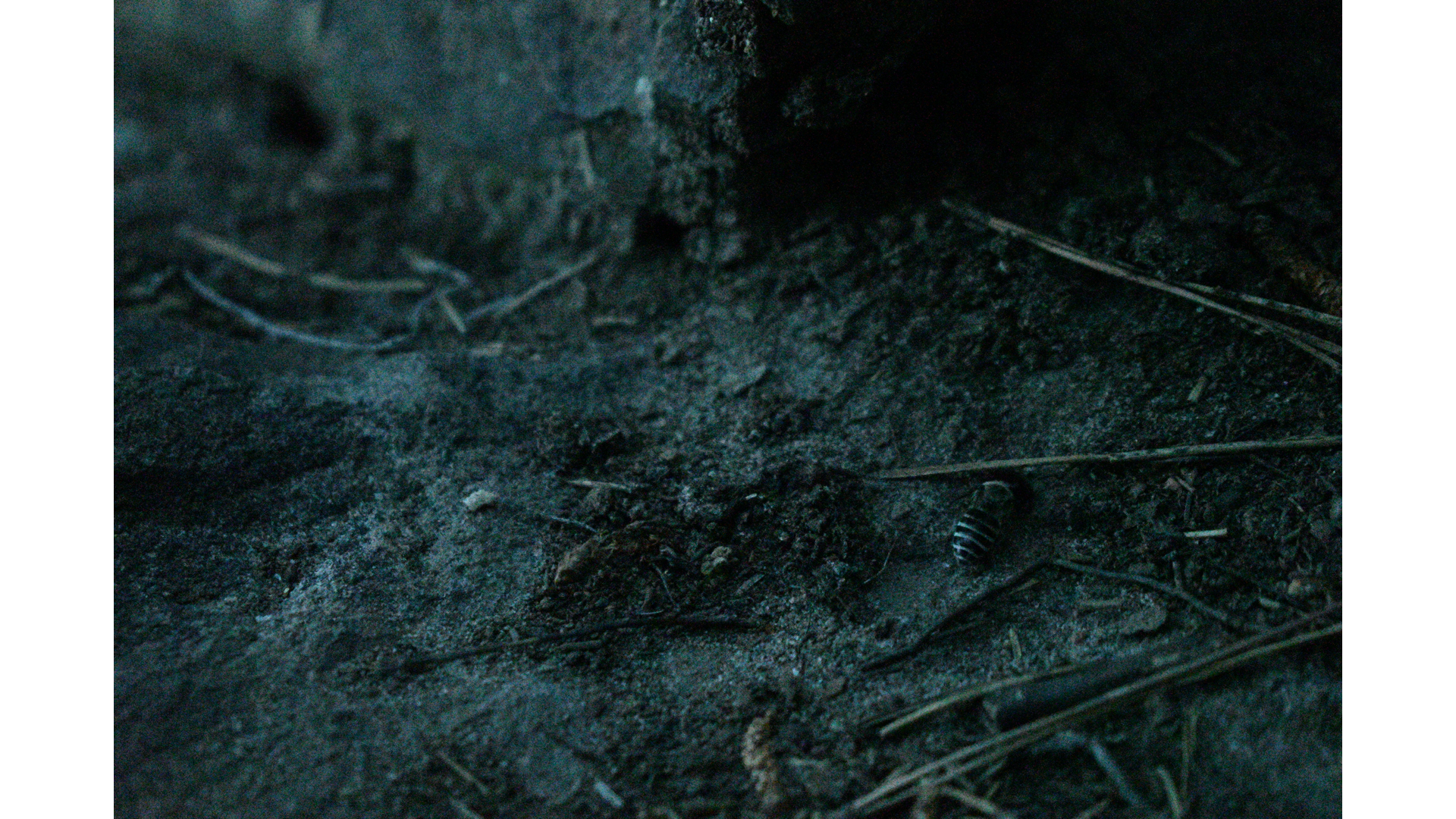
About 70% of North America’s native bees (approximately 2,800 species) are solitary
ground-nesters. Depending on the species, the bees dig in bare, or sparsely-vegetated,
soil to make their nests. Nest configurations range from a short, single tunnel, to
complex, branching tunnel systems. It is important to minimize or avoid soil disturbance
in pollinator habitat to prevent destroying existing nests or potential nesting sites.
Wood- and Tunnel-Nesting Bees
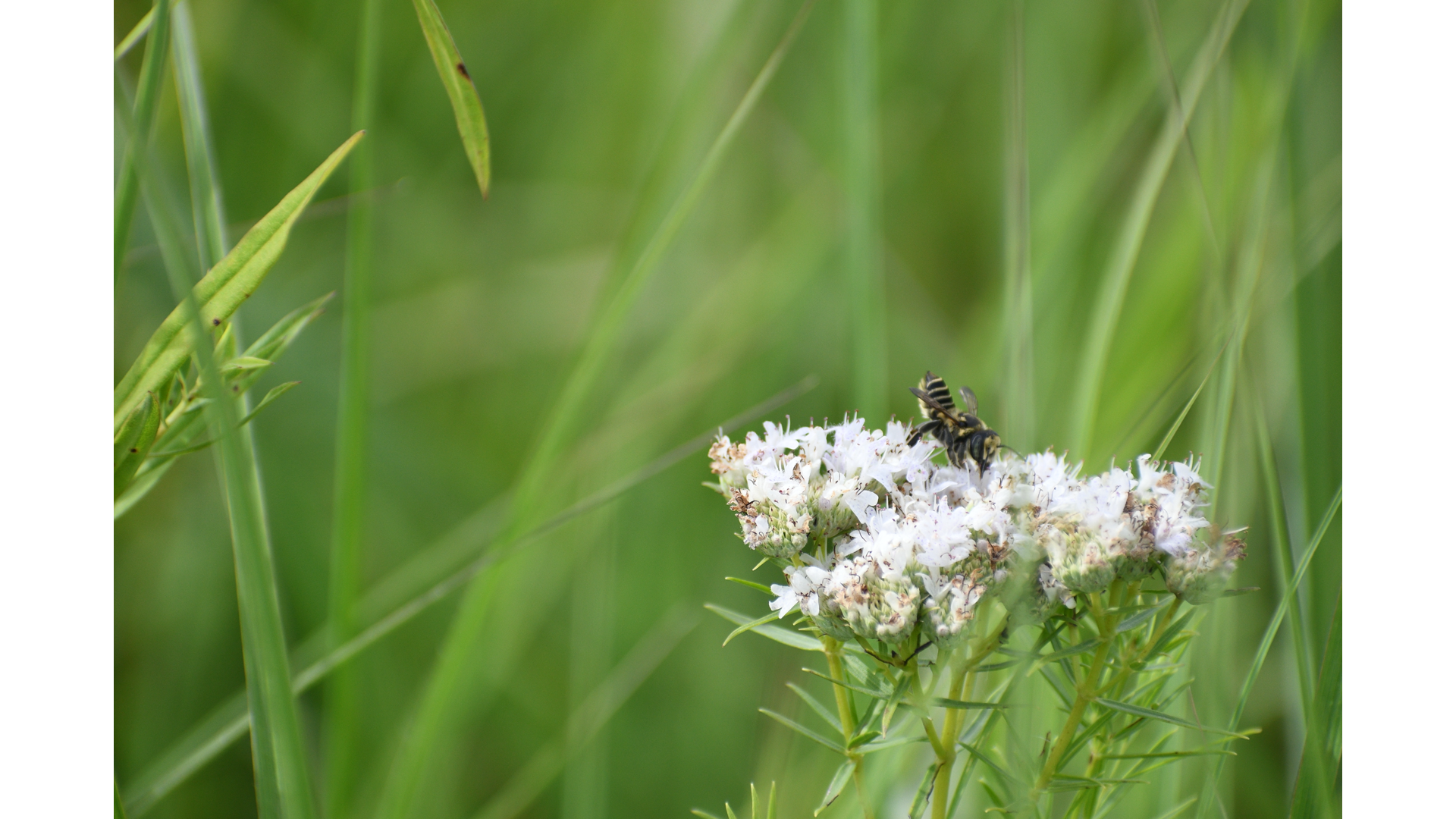
About 30% of North America’s native bees (approximately 1,200 species) are
tunnel-nesters. Many tunnel-nesting species use abandoned beetle burrows in standing
dead trees or limbs. Some chew out the pith of dead, dry stems and twigs from plants
such as elderberry, blackberry, and sumac.
There are pre-fabricated “bee houses” available commercially. It’s important to use
these synthetic house responsibly if you choose to use them in your pollinator habitat.
There are resources online for building your own and cleaning recommendations. Because
these are solitary bee species, these “bee blocks” can increase disease, fungus, and
parasite transmission between individuals, especially if not properly maintained.
If you’re interesting in learning more about our native bees, we recommend beginning with:
- Attracting Native Pollinators: Protecting North America’s Bees and Butterflies
(A Xerces Society Guide; 2011)
- The Bees in Your Backyard: A Guide to North America’s Bees by Joseph S. Wilson & Olivia
Messinger Carril, 2015
Habitat Needs
Our native bees require: 1) foraging habitat, 2) nesting habitat, and 3) overwintering
habitat.
It is important to understand the diversity of our native bee species. It is
estimated that Arkansas likely has 400 - 650 species of native bees.
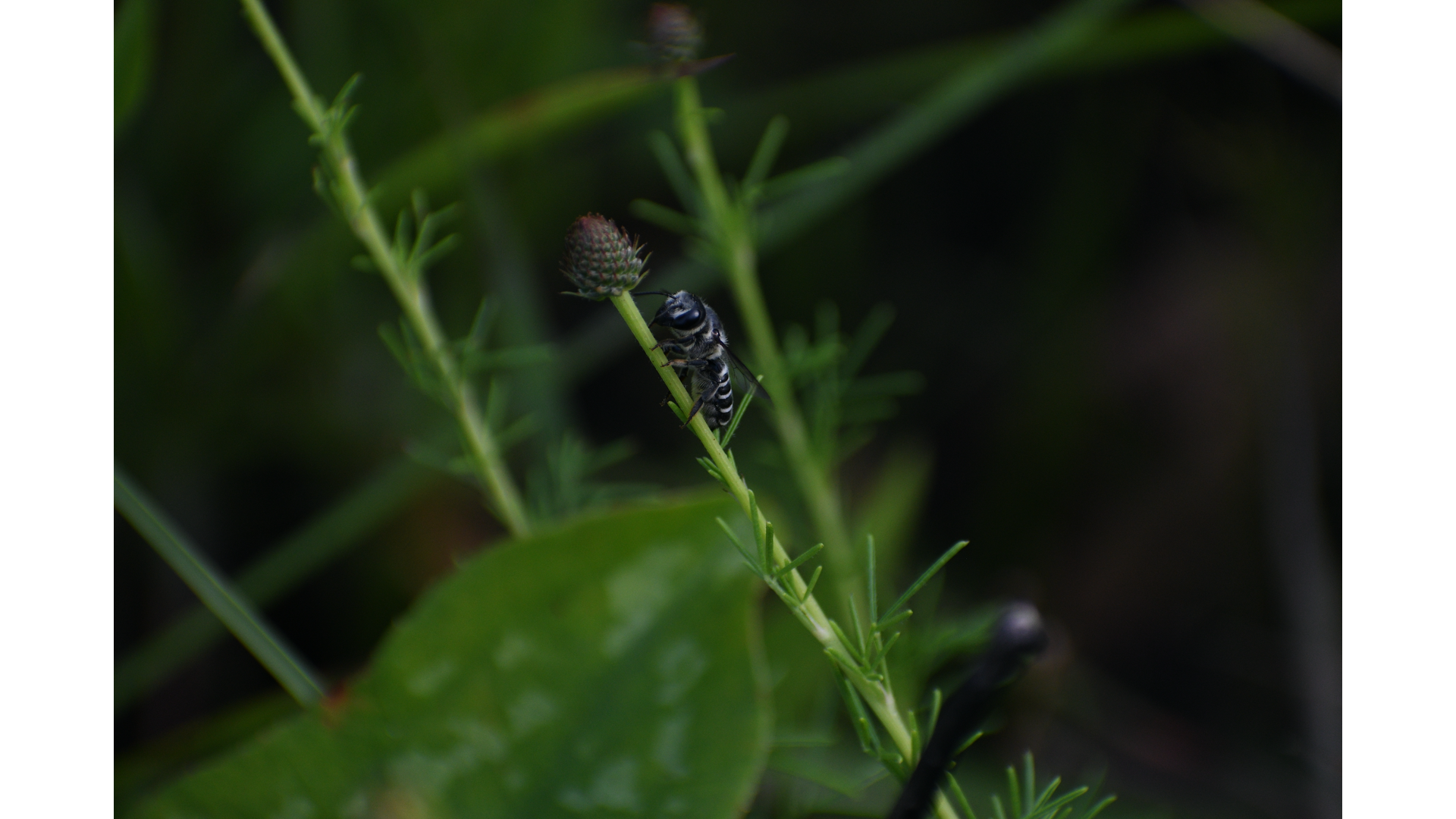
Foraging Habitat
When planning pollinator habitat, a maximum diversity of Arkansas native plant species
should be selected to benefit specialist and generalist pollinators. It is very important
that early spring blooming and late fall blooming species are included in your garden
or seed mix. Some of our native bees emerge early in the spring and these nectar and
pollen resources are critical to their survival.
Nesting Habitat
Different bee species require different materials or conditions for nesting. Since 70%
of North America’s native bees (approximately 1,200 species) nest in the ground, it is
important to minimize or eliminate soil disturbance in the habitat like discing.
Providing bare ground is important if you want to provide nesting sites for these bees.
This can be accomplished by not laying down a weed barrier or mulch in a pollinator
garden or managing larger acreages of pollinator habitat with prescribed fire in
accordance to guidance from your local biologist.
Overwintering Habitat
When managing pollinator habitat it is important not disturb more than ⅓ to ½ of the
area at one time to provide refugia for pollinators. For overwintering habitat, it’s
recommended that dead vegetation is left standing instead of being mowed or cut down.
For larger acreages, consult with your local biologist for proper
management.

